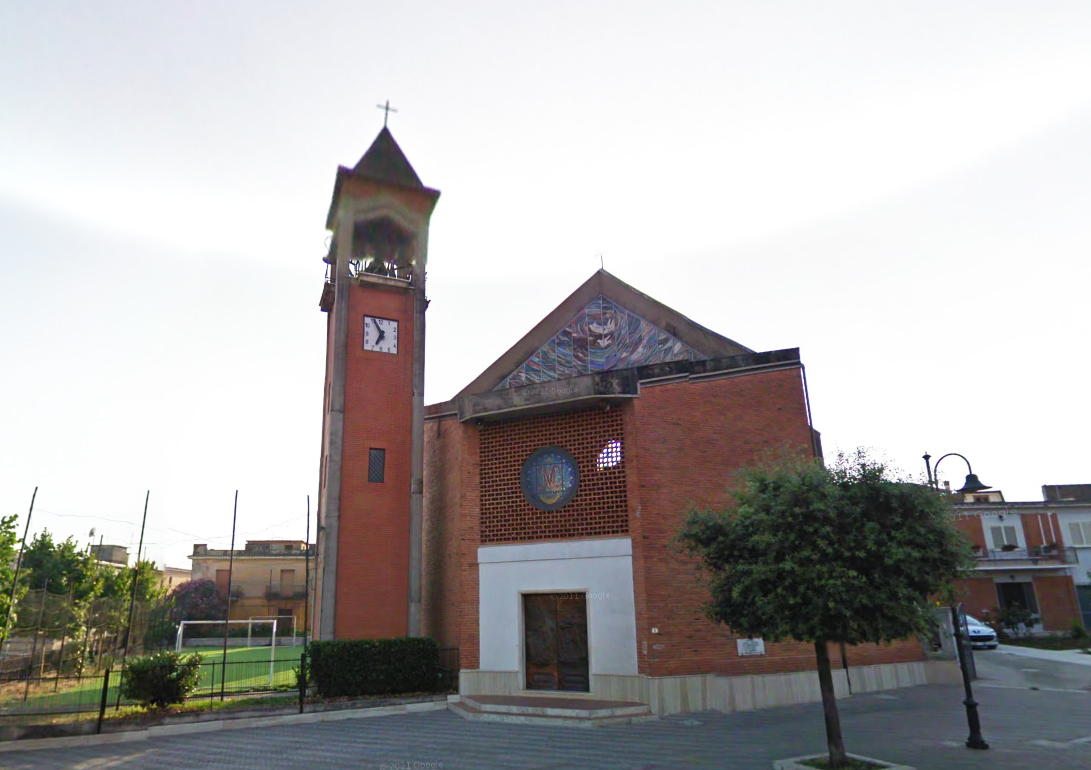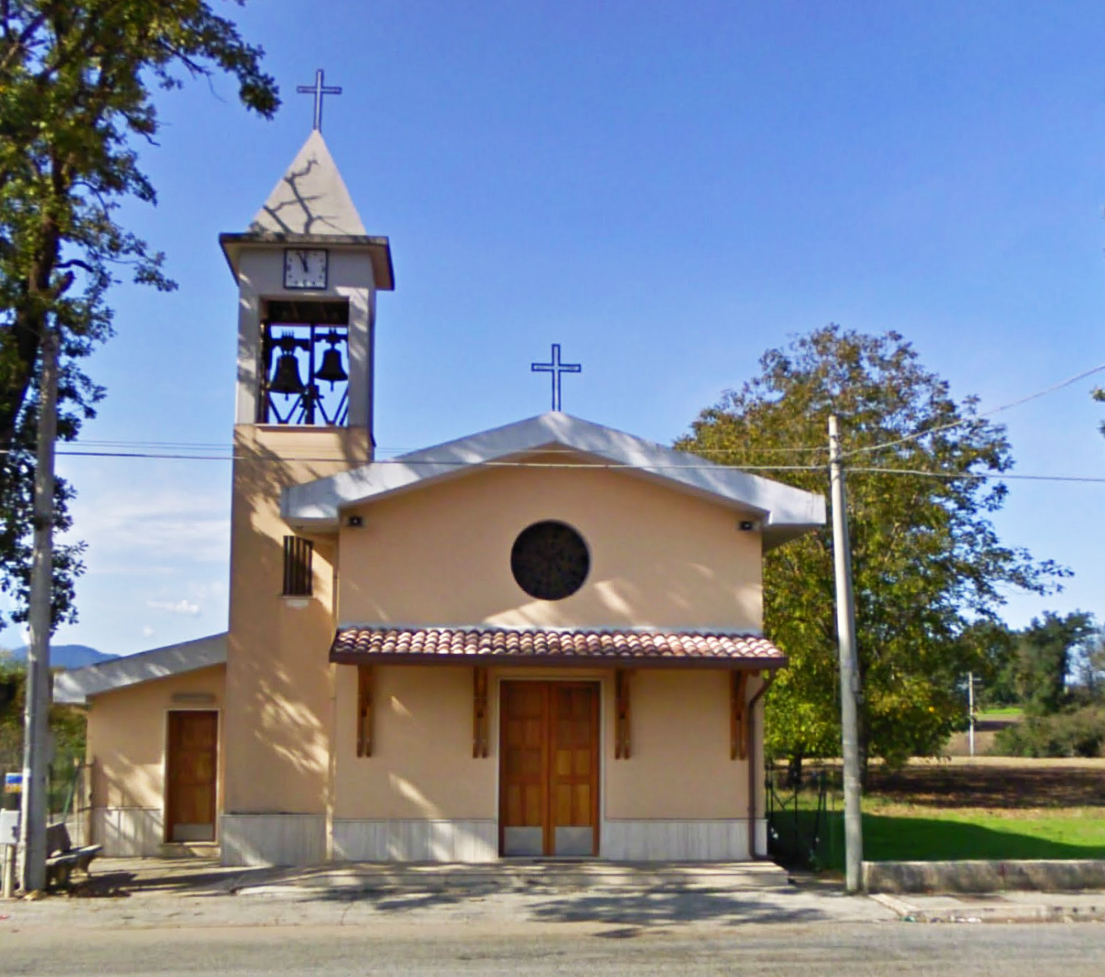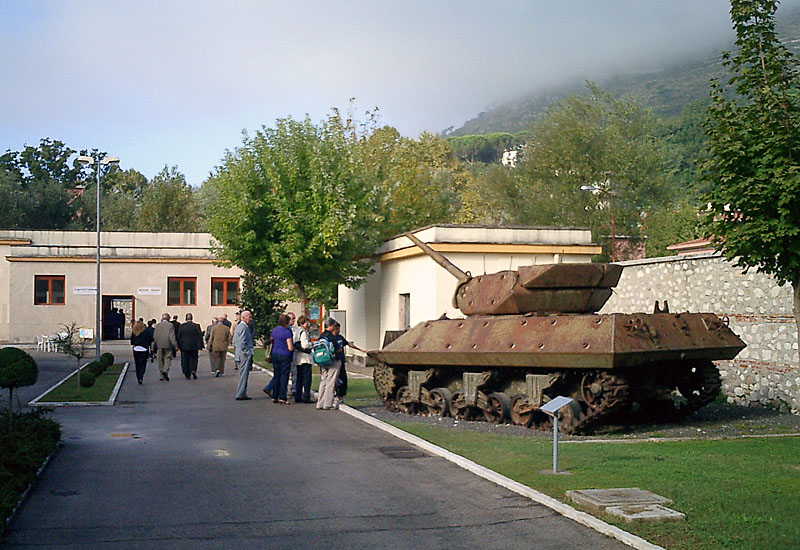
The mountain ridges sloping numerous radiating in all directions: to the west end, rocky and steep, the river Melfa
- Old town with the remains of the medieval castle

- Parish Church of St. Mary of the Assumption (XV cent.), Upstream
- Church of St. Mary of the Assumption downstream loc. Ruscito

- Church of St. Nicholas
- Church of S. Allison with a large square in front of the entrance facade
- Archaeological finds of Roman villas
Cairo Mount is not only the wonderful mountain where always it's windy, mountain covered of faggi on the depositor north, grassy along the crest and perfumed of pines on the depositor south.
Cairo Mount is a massive montuoso formed from numerous ridges that give the Throats of the Melfa, from the Flat one of Aquino and from the Val Comino they go up, separated from goes them and canaloni until the 1200-1400 meters, in order then to meet, like knotted roots, in the gigantic log of the pyramid sommita them.
Cairo Mount is also an amount of forests faggete and castagneti, lecceti puts in to you from goes pastures of crest and vallivi to you, that they surprise the look and they satisfy the heart.
Cairo Mount is also numerous pedemontani, pleasant and comfortable small villages, with much graceful medioevali villages, everyone with much history to tell and much nature to show.
Cairo Mount is also an immense territory to discover with more stages, on foot, with the mules, to horse, in mountain bike, even spending the night in bivouac or in small room-shelter.
CASSINO
Montecassino Abbey Website: http://montecassinoabbey.org/

The Abbey of Montecassino is one of the most known Abbeys in the world. We might list thousands of motivations to show you why people travel so much to reach this mountain. The most likely one is they want to be, at least once in their lives, within the walls where the foundations of western culture and monasticism are. In 529 Saint Benedict chose this mountain to build a monastery that would host him and those monks following him on the way from Subiaco. Paganism was still present here, but he managed to turn the place into a well-structured Christian monastery where everybody could have the dignity they deserved through praying and working.
Within the centuries the Abbey has met magnificence and destruction many times, and has always come out of its ruins stronger. In 577 Langobards destroyed it, then Saracens in 887. In 1349 a violent earthquake occurred and in February 1944 a bombardment almost flatted it.
It is the faithful rebuilding of the twenty thousand square meters that people can see travelling on their way along the A1 Highway. Up on top of the 520 meters high mountain the monastery can easily be seen from far, making it a distinct landmark of the region.
Historiale di Cassino For info and reservations visit: http://www.museohistoriale.org/

Historiale of Cassino has been created firstly thanks to the City of Cassino, to celebrate the 60th anniversary of the battle of Montecassino, with the participation of the Italian Ministry of Heritage and Culture and the Ministry of Defence . HISTORIALE was born to honour all victims of all nationalities that lost their life for peace and freedom. Until 2010 the museum has been visited by 200 000 people, among students, veterans and tourists of all nationalities. The museum complex is part of a well-kept complex that offers spaces for topic exhibitions. The tour is adapted to the type of visitors; from schoolchildren to students, from individual tourists to groups. The tourists, accompanied by guides, take awareness from the outside, that they are on a symbolic territory: in fact the museum is located at the foot of the mountain where is the Benedictine abbey, cradle of European civilization, repeatedly destroyed and repeatedly build again.
For more information visit the official website at: http://www.museohistoriale.org/
NATIONAL ARCHAEOLOGICAL MUSEUM

Reacheable through the road to Montecassino, the Museum offers a picture of the daily life of this ancient town of Lactiumadiectum from the Prehistoric and Protostoric Age to the Roman Age. Moreover the richness of the ornaments of its huge buildings testifies to the high cultural level reached by Cassino in the Imperial Age. Located in the archaeological area, the museum is near CasinumPortaCampana.
In this area one can visit: the amphitheatre (1st cent. AC), made on matron UmmidiaQuadratilla’s enterprise; the theatre of Augusta Age is utilized still today for theatrical performances and concerts; UmmidiaQuadratilla’s mausoleum, a solid stone structure perfectly preserved, is an unicum in the typology of the noble Romans’ tombs; the basolata road, a Via Latina’s side lane.
ROCCA JANULA

Abbot Aligernoodered to build roccaJanula in 2nd half of X century because he wanted create a defence against aggression. Later RoccaJanula was reinforced by Abbots Mansone and Gerardo. La Rocca suffered during the second war. During the last year RoccaJanula is renovated.
In recent years it has been renovated and is still the subject of work by the Ministry of Cultural Heritage.
TERME VARRONIANE http://www.termevarroniane.it/

The Roman people constructed thermal establishment in a location called Monticelli near the station. Here there are a lot of water’s sources, the water have steady temperature of 13°. In this locality was made archaeological discoveries of a Roman villa of Marco TerenzioVarrone.
Some useful links: